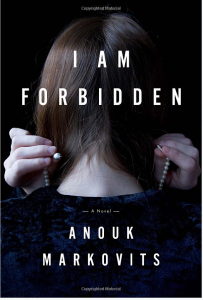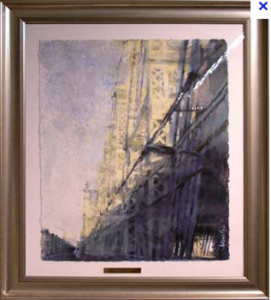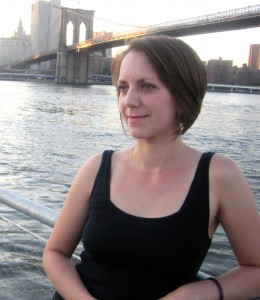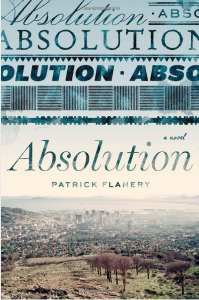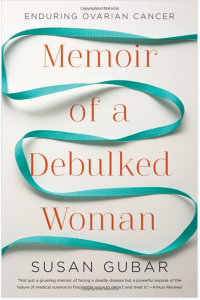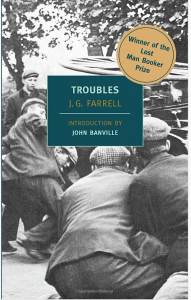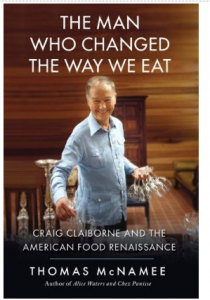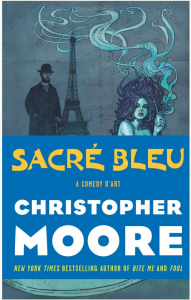Looking for something to do with your kids on Thursday, June 7, when schools are closed for Chancellor’s Day? Head over to the NY Transit Museum, where two Brooklyn teens will be performing at 1:30 and 3:00 pm.
Wolfe Edelman and Joanna Wagner, both 8th graders at MS 51 in Park Slope, will be performing. Wolfe is in the instrumental program and band and has been playing guitar since the age of seven. Joanna sings and is in the school’s show choir. They have created a transit-themed list of songs.
The Transit Museum is located at the corner of Boerum Place and Schermerhorn Street in Brooklyn Heights. Admission is $5 for children and $7 for adults.

